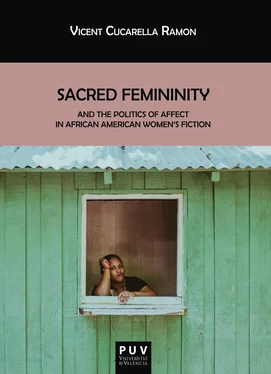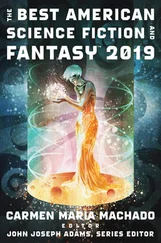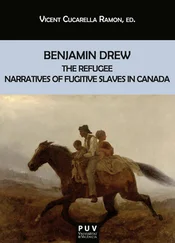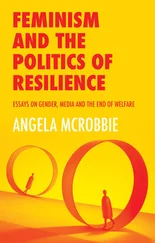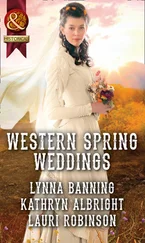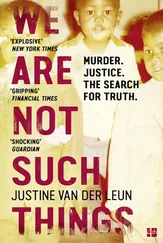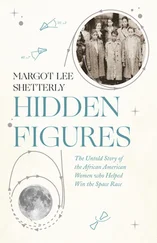In short, I argue that through the evolution and critique of the aesthetics of the (African) American jeremiad within the spiritual reading of the sacred femininity imbued in the literary discourse of Crafts, Hurston and Morrison, the building of an aesthetic subjectivity of black women from the nineteenth century until the twenty-first century shows the decline of a cultural tradition. Although the importance of Christianity is unquestionable for the three novels, I claim that through the analyses of The Bondwoman’s Narrative, Moses, Man of the Mountain and A Mercy , it is clear to see the differences in terms of usage and its eventual debunking.
Canadian scholar Daniel Coleman has recently stated the connections between spirituality and the creation of aesthetics by pinpointing that “(s)pirituality assumes that I have something to learn and that I can learn it from many things around me that draw me out of myself” (2009: 39). Spirituality, he further contends, “driven by the need to connect meaningfully with myself, the word around me, and to the Otherness of God and humanity, demands more than a hermeneutics of unmitigated suspicion, for it is premised on my own creatureliness” (2009: 39). Coleman’s words alongside the idea of spirituality as a reasoned outlet to shape a feminist aesthetics validate, without a doubt, black women’s cultural conception. Hence, beyond several analyses such as Jacqueline Grant’s White Women’s Christ and Black Women’s Jesus , Houston A. Baker’s Workings on the Spirit: The Poetics of Afro-American Women’s Writing , Cain Hope Felder edition’s Stony the Road We Trod: African American Biblical Interpretation , Judylyn S. Ryan’s Spirituality as Ideology in Black Women’s Film and Literature , Anthony B. Pinn’s Black Religion and Aesthetics: Religious Thought and Life in Africa and the African Diaspora , Jeannette King’s Women and the Word: Contemporary Women Novelists and the Bible or William David Hart’s Afro-Eccentricity: Beyond the Standard Narrative of Black Religion that have tended to look at religion as just a source of social empowerment, I put forward sacred femininity and affect as major cultural forces that are used by these proposed African American women writers to also create an ontological reconfiguration of black women’s subjectivity. A move that, as it has been pointed out, ultimately misses out on the way of the American jeremiad and showcases the pitfalls of Christianity not as a cultural tenet but as an ontological source of empowerment. Thus, the paradigm of declension appears to have gained momentum and the primeval evolution that consorts with spirituality has turned out to display not only the crevices of the nation but also the need to rethink the role of religion and the necessity to hazard the North American cultural discourse considering the contingencies that the society needs in demand.
All in all, the evolution of their concrete feminine reading of black Christianity exposes how in a globalized and interconnected world in which the present cravings engulf the traditional values that have defined the United States for over five centuries, the unresolved prophecies and the acclaimed boundaries that sacredness illustrates are considered a suitable manner to grapple with the debate over the cultural representation of African American women. Ultimately, Black Christianity and spirituality figure prominently as aesthetic values within the African American (female) community despite the fact that they seem to have gained black women little of their demands throughout time, as Morrison’s disquieting ninth novel shows.
CHAPTER 1
Sacred Femininity in Search of a Black Female Aesthetic
While I know myself as a creation of God, I am also obligated to realize and remember that everyone else and everything else are also God’s creation.
Maya Angelou
Blackening the Bible: Conjuring Spirituality in African American Women’s Religion
David W. Wills appropriately asserts that the most common way of considering United States’ religious past, attesting its pivotal role for the national idiosyncrasy of the country, is to link its nature “toward some kind of American triumphalism” (9). Rightly so, the alleged religious liberty was established when the Pilgrims landed at Plymouth Rock. The resultant blending of the religious and political ideals of Puritan leaders such as John Winthrop, John Cotton or Thomas Shepard paved the path to establish United States’ “deepest religious and cultural roots” (Wills 13). This supposed tolerance and pluralism that the religious creed proclaimed soon unveiled the ethnic homogeneity of such endeavor and revealed that the American religion manifested difficulties to the embrace of diversity in the attempt to impose religious beliefs in their effort to create a New Jerusalem. An act that resulted in the annihilation of Native Americans and the infamous chapter of African enslavement.
Indeed, the involuntary implantation of Africans in the country altered, at their expense, not only the social reality of North America but also the cultivated image of tolerance and respect that the aspiring nation was thriving to underscore. The slave system steadily broke down both the linguistic and the cultural patterns that Africans had traditionally nurtured. But as Charles H. Long explains, “(t)he persistence of elements of what some anthropologists have called ‘soft culture’ means that given even the systematic breakdown of African cultural forms in the history of North America slavery, the slaves did not confront America with a religious tabula rasa” (25). Certainly, black slaves, although defined in terms of property and drained of their right to express themselves, found in religion the perfect asset to produce new cultural forms.
Even though the Africans were forcibly brought to a land where literacy was greatly valued, the use of Africanisms, the cultural forms they could arrogate as their own, were unrelentingly frowned upon by white Americans. Blacks were also prohibited from learning to read and write since this could prove to be dangerous for the nation’s status quo. Accordingly, the suffocating atmosphere in which black people had to survive in North America led them to fight in order to create an expressible mode of existence. As Thomas Hoyt Jr. puts it, “(e)ven though influenced by oppressive psychological, social, economic, and political forces, blacks…displayed a tremendous transcendent spirit that has enabled them to confront the biblical text creatively” (27).
Creativity, then, is a concept thoroughly linked to the reevaluation of religion meanings that black Americans have been molding with since their arrival in “the land of milk and honey”. Revolving against the blotting out of the African cultural matrix from the mind and practice of the transplanted slave, African Americans started to meet secretly, be it on the woods or elsewhere from that visual spots of the plantation, to enact a new and black hermeneutic process that could pervade the master’s religion. This tradition, akin to the spirituality that Mircea Eliade conceives, was called by the slaves themselves ‘conjuring’ and attests to create an aesthetic culled from Africa and America alike that could uphold a religious apprehension of the land and, eventually, embark upon the authentication of the black self in North America. Such a move transformed the role of black people in the country we know nowadays as United States and displayed conjuring as a national “healing practice” (Smith 5) that oozes therapeutic readings of the black American experience.
For African American women the act of conjuring, or else getting together to re-envision and revitalize black American culture through spiritual musings, became inextricably linked to how black women relate to one another. Foregrounding thus the seminal The Woman’s Bible by Elizabeth Cady Stanton, published in the 19th-century fin de siècle, African American women resisted to assess the Bible’s portrait as authoritative and restrictive, especially so for black women, and fostered a feminist version of it that was deeply infused by the conjuring exercise understood as a “metaphor that circumscribes black people’s ritual, figural, and therapeutic transformations of culture” (Smith 4). African American women have sought to demonstrate that, as R. Stephen Warner explains, “(r)eligion in the United States has typically expressed not the culture of the society as a whole but the subcultures of its many constituents; therefore . . . it should not be thought of as either the Parsonian conscience of the whole or the Bergerian refuge of the periphery, but as a vital expression of groups” (qtd. in Vásquez and Marquardt 21).
Читать дальше
